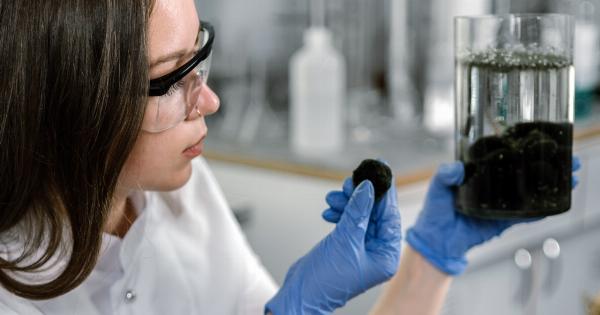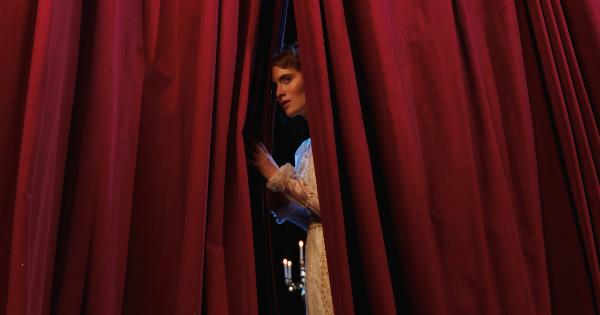Scientists have long been fascinated by the intricate workings of DNA, the blueprint of life. At the heart of our cells lie mitochondria, tiny powerhouses that not only generate energy but also play a vital role in our genetic makeup.
In recent years, researchers have discovered the unique abilities of mitochondrial DNA (mtDNA) and how it influences the human genome. This article delves into the power of mtDNA and explores its impact on the British population.
The Basics: What is Mitochondrial DNA?
Unlike nuclear DNA, which we inherit from both parents, mtDNA is solely passed down through the maternal line. It resides within our mitochondria and is responsible for producing the energy our cells need to function.
Mitochondria are present in virtually every cell of our bodies, making mtDNA a critical component in sustaining life.
The Powerhouse Connection: Mitochondria and Energy Production
Mitochondria convert molecules from the food we consume into adenosine triphosphate (ATP), which provides energy for our cells.
Through a process called oxidative phosphorylation, mitochondria generate ATP by harnessing the energy stored in the bonds of molecules such as glucose and fatty acids. This energy production is essential for our bodies to carry out essential functions, from breathing to moving.
The Unconventional Genome: Features of Mitochondrial DNA
Mitochondrial DNA is distinct from nuclear DNA in several ways. First, mtDNA is circular rather than linear, which sets it apart from the double-helix structure of nuclear DNA.
Second, while nuclear DNA contains thousands of genes responsible for various traits, mtDNA only encodes for 37 genes, most of which are involved in energy production and mitochondrial function.
Maternal Inheritance: Tracing Ancestry Through Mitochondrial DNA
Due to its maternal inheritance pattern, mtDNA provides an invaluable tool for tracing ancestry and exploring genetic relationships.
Since mtDNA is passed down unchanged from mother to child (with minor mutations occurring sporadically), it remains largely stable across successive generations. This stability allows researchers to examine mtDNA sequences to uncover shared maternal lineages.
Molecular Clock: Unlocking the Past Using mtDNA
The concept of the molecular clock relies on mtDNA mutations occurring at a relatively constant rate. By comparing mtDNA sequences between individuals and populations, scientists can estimate when two lineages diverged from a common ancestor.
This technique has shed light on human migrations and offered insights into historical population movements.
British Mitochondrial DNA Diversity: A Genetic Tapestry
Studies conducted on the British population have revealed intriguing patterns of mtDNA diversity. Due to its complex history of invasions and migrations, Britain is home to a remarkable mix of genetic influences.
From the ancient Britons and Romans to the Vikings and Normans, each wave of migration has left its genetic imprint on the population.
Ancient Ancestry: The Legacy of the Britons
The earliest inhabitants of Britain were the Britons, an ancient Celtic people who thrived thousands of years ago. Despite their relatively small numbers, traces of their genetic heritage can still be detected in the modern British population.
Through the study of mtDNA, scientists have identified distinct haplogroups associated with ancient Briton ancestry.
Viking Voyages: The Norse Impact on Britain
Viking invasions during the medieval period left an indelible mark on Britain’s genetic landscape. Historical records and archaeological findings have long suggested extensive Viking settlements in the British Isles.
These Norse invaders brought with them their unique mtDNA, which has contributed to the genetic diversity observed in certain regions of Britain.
The Norman Conquerors: A Genetic Fusion
The Norman Conquest of England in 1066 brought about a fusion of genetic lineages.
Descendants of the Normans, hailing from present-day France, intermarried with the native population of England, leading to the introduction of Norman mtDNA lineages into the British gene pool. These genetic interactions shaped the genetic composition of modern-day Britain.
Mitochondrial Eve and the Human Story
The concept of “Mitochondrial Eve” refers to a hypothetical woman who lived thousands of years ago and is the matrilineal ancestor of all humans alive today.
Through the study of mtDNA, scientists have been able to trace back ancestral lineages and infer the existence of this common female ancestor. While research suggests that Mitochondrial Eve was likely of African descent, her descendants have spread across the globe, including to Britain.
Conclusion
As researchers delve deeper into the workings of mitochondrial DNA, our understanding of human ancestry and genetic diversity continues to evolve.
The power of mtDNA to shape the human genome in Britain is undeniable, with influences from the ancient Britons, Vikings, Normans, and more. By unraveling the secrets locked within our mitochondria, scientists are uncovering the intricate tapestry of our genetic past.





























